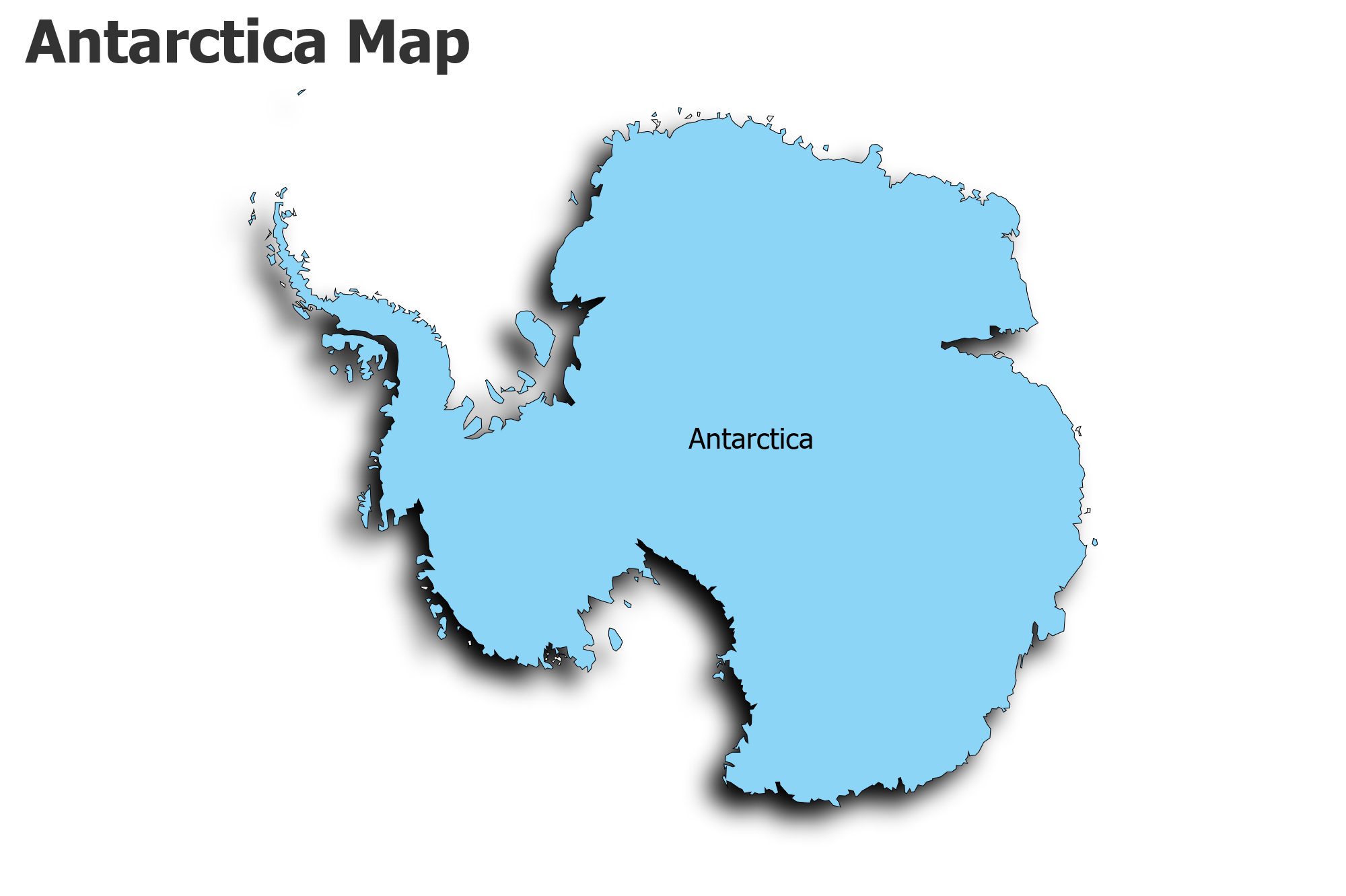Antarctica Continent
A brief about antarctica continent

Antarctica, located at the southernmost part of the Earth, is a continent covered mostly by ice. It's surrounded by the Southern Ocean and has extreme weather conditions, with freezing temperatures and strong winds. During winter season, it’s temperature drops as low as -80°C.
Unlike other continents, Antarctica doesn't have any countries or permanent residents. Instead, it's used mainly for scientific research by multiple countries under the Antarctic Treaty System.
Because of its harsh climate, Antarctica has limited biodiversity, but it's home to unique species like penguins, seals, and various seabirds. The continent's ice plays a crucial role in regulating global climate and sea levels.
Additionally, Antarctica's ice sheets store about 70% of the world's fresh water, making it an essential part of Earth's ecosystem. Despite its remote location and challenging conditions, Antarctica remains an area of significant scientific interest, providing valuable insights into climate change and environmental sustainability.
- Read More:
- About Antarctica |
- Facts